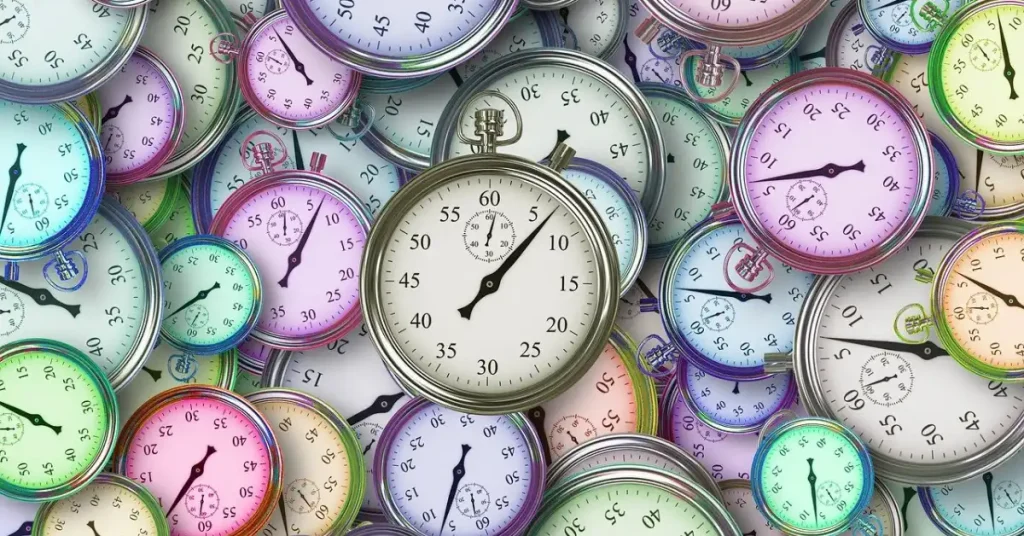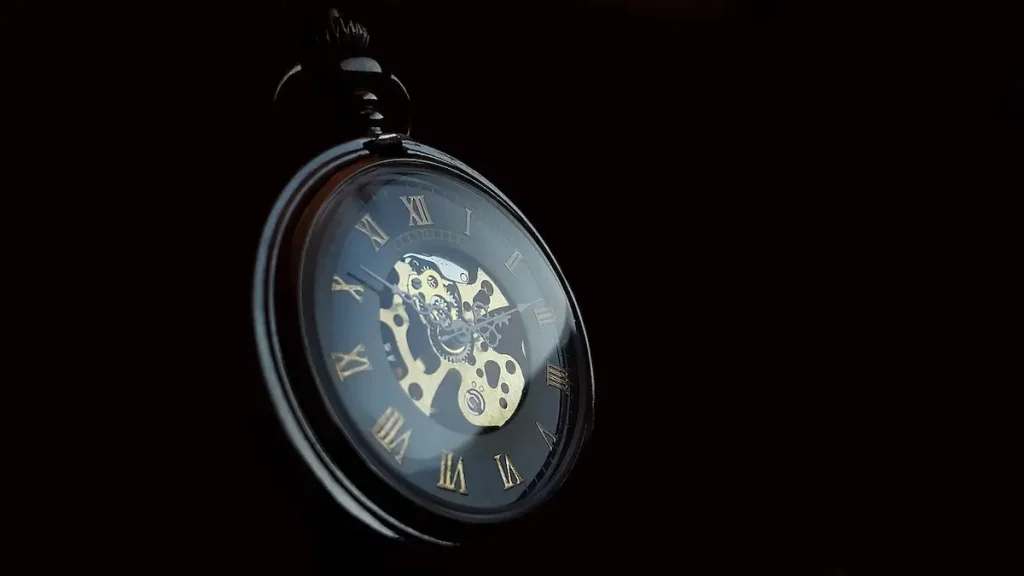Daylight Saving Time (DST) is a contentious issue that has many proponents and opponents, myths and facts, and tips and tactics. In this section of the post, we will cover some of the frequent reasons for and against DST, refute some of the prevalent misunderstandings about DST, and discuss some of the best practices to make the most of DST.
Table of Contents
Pros and Cons of DST
DST offers various benefits and cons, depending on who you ask and what you measure. Here are some of the primary positives and downsides of DST, based on the available facts and perspectives.
Pros of DST
- DST may save energy by minimizing the demand for artificial lights in the evening. According to certain research, DST may cut power usage by up to 5% .
- DST may minimize road accidents and deaths by giving additional daylight during the evening commute. Some studies have revealed that DST may lower the frequency of collisions by 8% to 11% .
- DST may promote outdoor activities, such as sports, leisure, and tourism, by extending the daylight hours into the evening. Some research have indicated that DST may enhance physical activity, social engagement, and expenditure on leisure goods and services .
- DST may stimulate the economy and generate employment by promoting numerous industries, such as retail, hotel, and entertainment. Some studies have predicted that DST can bring billions of dollars in economic benefits and thousands of employment .
Cons of DST
- DST may interrupt the circadian rhythm, the natural biological clock that controls sleep and wake cycles, hormones, and metabolism. Some research have connected DST to higher risks of heart attacks, strokes, diabetes, obesity, and depression .
- DST may induce sleep deprivation, exhaustion, and irritability, particularly during the transition times. Some research have revealed that DST may shorten the average sleep length by 15 to 20 minutes and worsen the sleep quality and mood of individuals .
- DST may interfere with the synchronization of clocks and timetables across various areas and nations, producing confusion and annoyance for travelers, companies, and communication. Some research have demonstrated that DST may affect productivity, efficiency, and cooperation in many sectors .
- DST may have significant environmental implications, such as increasing greenhouse gas emissions, air pollution, and water use. Some studies have proposed that DST may counteract the energy savings from lower illumination by raising the demand for heating and cooling, transportation, and irrigation .

Myths and Facts about DST
DST is surrounded by several myths and facts that are easily misconstrued or misunderstood. Here are some of the prevalent misconceptions and truths concerning DST, based on the historical and scientific data.
Myth: DST was created by Benjamin Franklin
Fact: Benjamin Franklin did not originate DST, although he did offer a similar notion in a sarcastic letter to the editor of The Journal of Paris in 1784. Franklin argued that rising up earlier in the summer would conserve on candle consumption and projected large savings. However, he did not expect his idea to be taken seriously.
Myth: DST was established to benefit farmers
Fact: DST was not adopted to benefit farmers, but rather to preserve energy and support the war effort. Farmers really opposed DST when it was initially established, since it affected their labor patterns and their cooperation with other markets. DST also lowered the quantity of morning dew available for collecting hay.
Myth: DST is practiced everywhere in the globe
Fact: DST is not practiced everywhere in the globe, but only in about 70 nations, impacting more than one billion people. Most nations near the Equator do not employ DST, since the sunrise and sunset timings do not change enough to warrant it. Some nations have eliminated or discontinued utilizing DST completely, including as Russia, China, India, and Japan.
Myth: DST always begins and finishes on the same dates
Fact: DST does not always start and finish on the same dates, but varies from location to place, and occasionally from year to year. The timings and length of DST vary on the local rules and regulations of each nation or area. For example, in 2007, the United States extended DST by four weeks, commencing it on the second Sunday in March and terminating it on the first Sunday in November.
Tips and Tricks for DST
DST may be problematic for many individuals, particularly during the changeover times. However, there are certain ideas and methods that might help you manage with DST and make the most of it. Here are some of the best practices for DST, based on the professional advise and personal experience.

Tips and Tricks for Adjusting to DST
- Gradually modify your sleep pattern by going to bed and getting up 15 to 20 minutes earlier or later a few days before the change. This will assist your body clock adapt to the new time zone.
- Expose yourself to natural light in the morning and avoid bright light in the evening. This will assist your biological clock align with the sunshine cycle and regulate your melatonin levels, the hormone that governs your sleep and waking cycles.
- Avoid coffee and alcohol, particularly in the afternoon and evening. These drugs may interfere with your sleep quality and duration, and make you feel more awake or drowsy than you should.
- Follow a regular pattern of meals, exercise, and rest. This can help you preserve your health and well-being, and manage with the stress and exhaustion that may accompany the time shift.
Tips & Tricks for Making the Most of DST
- Plan your activities according to the daylight hours. This will allow you take advantage of the additional daylight in the evening, and avoid the darkness in the morning. You may utilize the additional daylight to enjoy outside activities, such as sports, leisure, and tourism, or interior activities, such as shopping, eating, and entertainment.
- Dress properly for the weather and the season. This will help you remain comfortable and safe, and minimize the hazards of overheating or hypothermia. You may layer your clothes to adjust to the fluctuating temperatures, and use sunscreen, sunglasses, and hats to protect yourself from the sun exposure.
- Check your clocks and gadgets for accuracy and compatibility. This can help you avoid misunderstanding and annoyance, and guarantee that you are on time for your appointments, flights, and meetings. You may manually change your clocks and gadgets, or utilize the automated settings that are provided on most of them.
- Shop for the greatest prices and discounts on your favorite brands and goods. This will help you save money and time, and experience the advantages of DST. You may explore the online catalogs and websites of your favorite companies, such as cesare attolini and Kiton, and discover the greatest discounts and specials for your requirements and tastes.
6. Are there any health effects associated with the time change?
Some people may experience minor disruptions in their sleep patterns or circadian rhythms when the time changes. It’s important to adjust your schedule gradually to minimize these effects
What should I do when Daylight Saving Time starts or ends?
When DST starts, you should set your clocks forward by one hour. When it ends, you should set your clocks back by one hour. It’s also a good time to replace the batteries in your smoke detectors.
How can I make the transition to Daylight Saving Time smoother?
To adjust to the time change, try going to bed and waking up 15 minutes earlier each day for a few days before the change. This can help your body adapt gradually to the new schedule.

 Top 7 Technology Insurance Company: What You Need to Know
Top 7 Technology Insurance Company: What You Need to Know Unlocking the Power of Insurance Defense: A Comprehensive Guide for Policyholders and Insurers
Unlocking the Power of Insurance Defense: A Comprehensive Guide for Policyholders and Insurers Lil Baby Addresses Alleged Gay Sex Tape: Unveiling the Truth About His viral video
Lil Baby Addresses Alleged Gay Sex Tape: Unveiling the Truth About His viral video